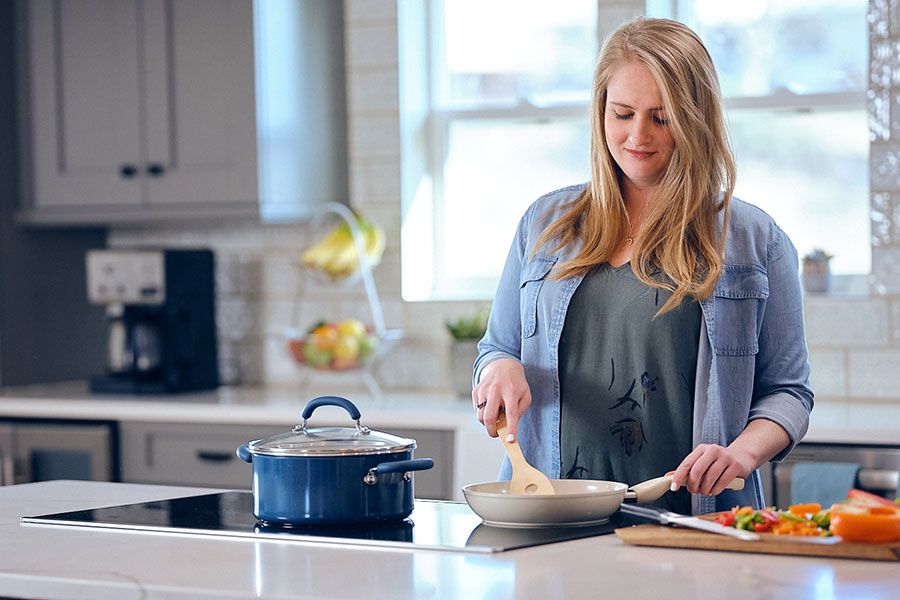Cooking with Electricity
The next generation of electric ranges and cooktops are making it easy to revise your approach to cooking at home. Electric resistance coil cooktops have been around for many years, and most people prefer gas or propane burners because of the faster/better cooking performance. However, the newer generation of electric ranges and induction or radiant electric cooktops are much more efficient. Both induction and radiant electric cooktops offer several potential benefits over cooking with gas or propane. These include:
-
Reduced emissions of nitrogen oxides
-
Improved safety by eliminating open flames
